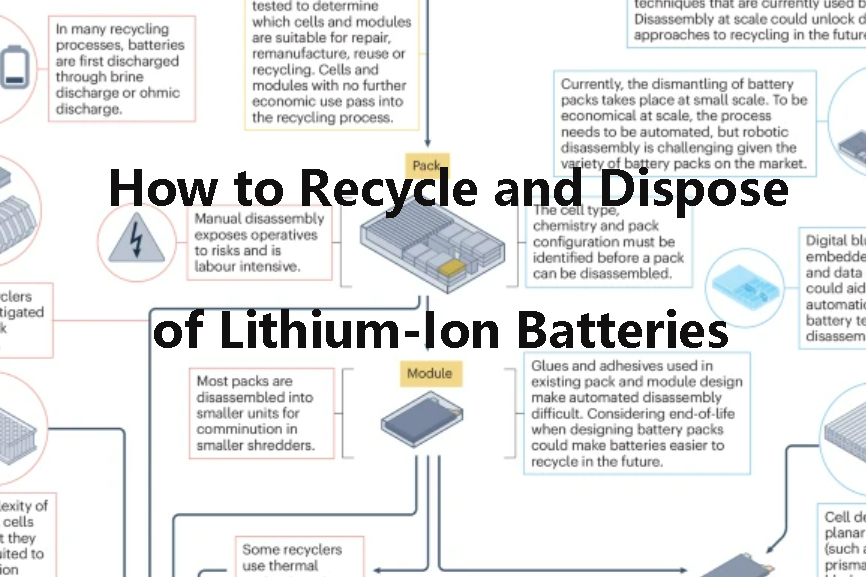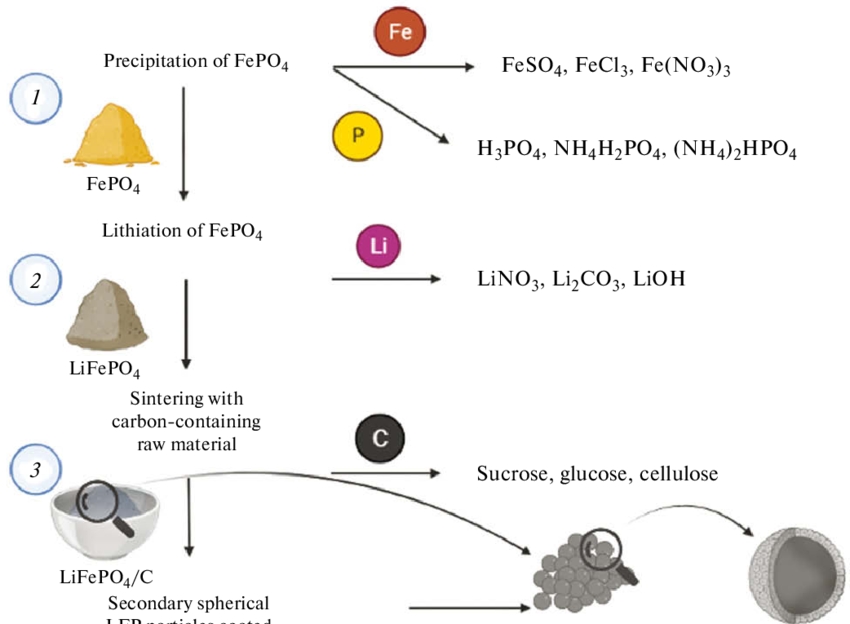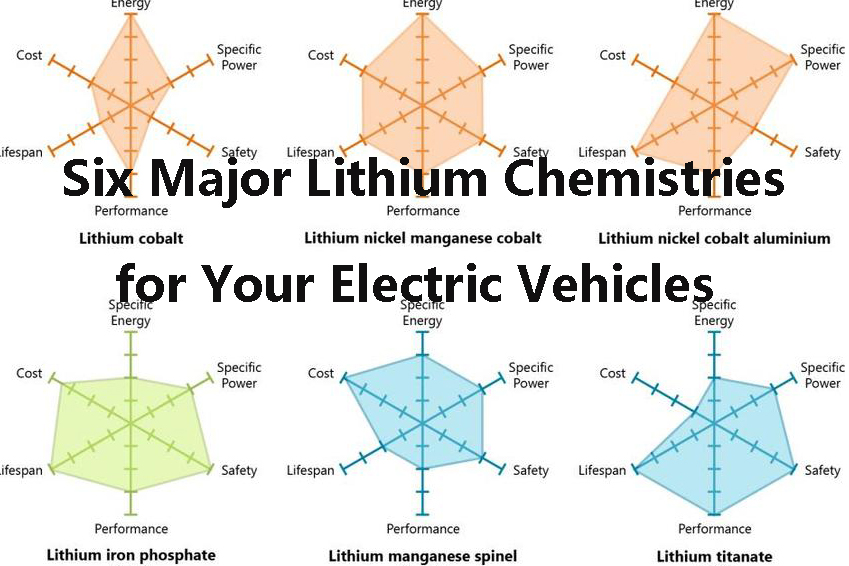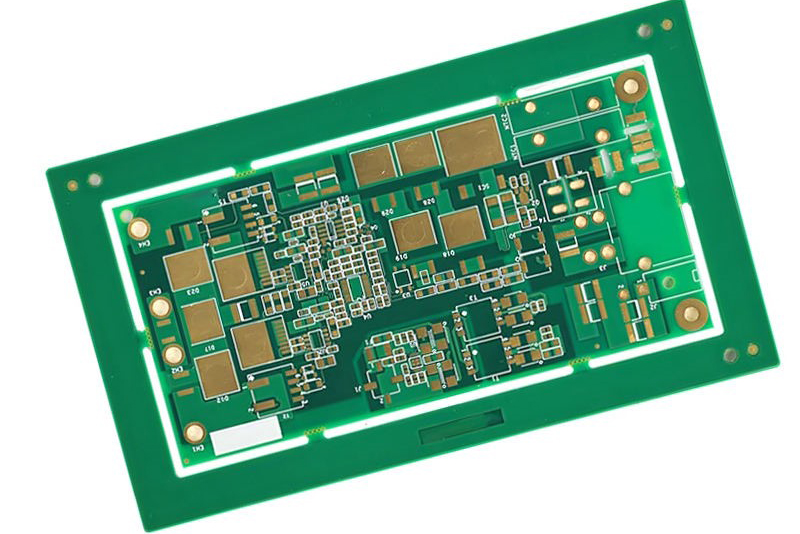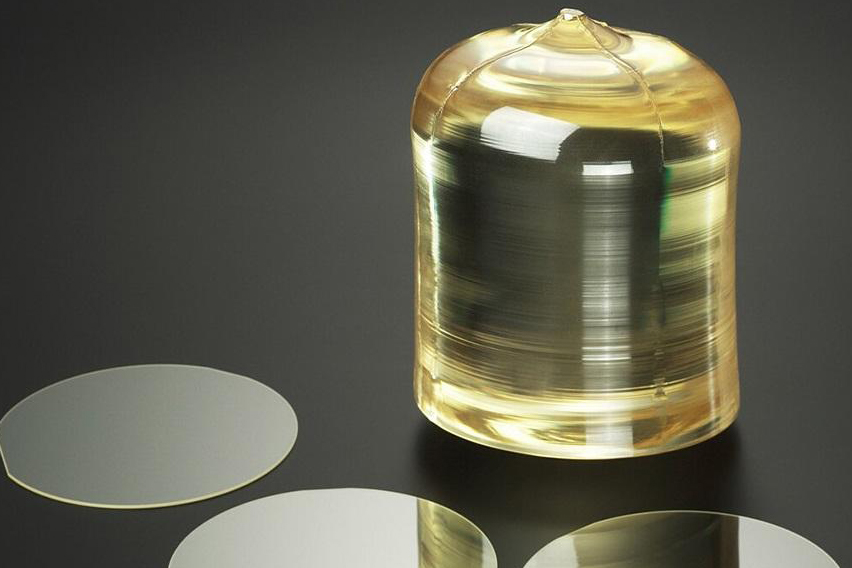
Lithium Compounds in the Semiconductor Industry
Introduction
Lithium compounds play a critical role in the semiconductor industry due to their unique physical, chemical, and electrical properties. Materials such as lithium niobate (LiNbO₃) and lithium tantalate (LiTaO₃) are essential in optoelectronics, telecommunications, and advanced semiconductor devices. This article provides an overview of key lithium compounds, their properties, and applications in the semiconductor field.
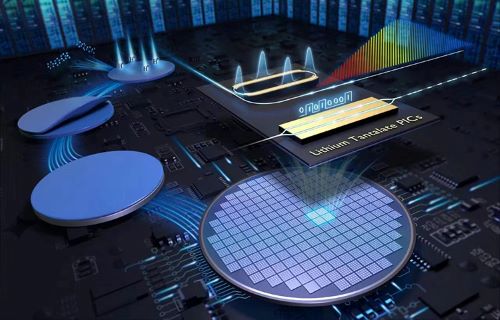 [1]
[1]
1. Lithium Niobate (LiNbO₃)
Lithium niobate, often referred to as the "optical silicon" of the photonics era, is a vital material for semiconductor applications. It is highly valued for its electro-optic, piezoelectric, and nonlinear optical properties.
Key features of LiNbO₃:
- Lithium niobate exhibits a strong electro-optic effect, enabling changes in its refractive index in response to electric fields. This property makes it essential in electro-optic modulators for encoding data onto light signals in fiber optic systems.
- Its piezoelectric properties make it suitable for surface acoustic wave (SAW) devices used in mobile phones and radio frequency (RF) systems.
- Lithium niobate's nonlinear optical properties allow it to perform frequency doubling in laser systems, converting light from one frequency to another.
Applications:
- Lithium niobate is widely used in optical modulators for high-speed data transmission in telecommunications.
- It plays a critical role in SAW filters used in wireless communication devices like smartphones and GPS systems.
- The material is utilized in frequency doubling applications in laser technologies, such as microscopy and precision measurement.
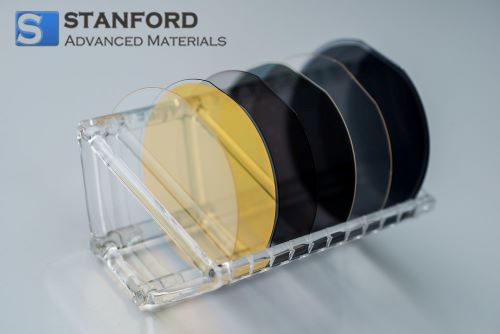
2. Lithium Tantalate (LiTaO₃)
Lithium tantalate shares many properties with lithium niobate but offers unique advantages, such as a higher electro-optic coefficient and better thermal stability.
Key features of LiTaO₃:
- Lithium tantalate has a higher electro-optic coefficient, making it more effective for modulating light in photonic devices.
- Its superior thermal stability allows it to perform reliably in high-temperature environments.
- The material exhibits lower optical losses, making it ideal for optical communication applications.
Applications:
- Lithium tantalate is used in optical waveguides, enabling efficient light modulation in integrated optical circuits.
- It is employed in frequency converters due to its low optical losses and high non-linear coefficients.
- Its piezoelectric properties make it suitable for SAW devices and sensors in telecommunications.
- Lithium tantalate's excellent dielectric properties are utilized in thin-film capacitors for microelectronics.
3. Lithium Fluoride (LiF)
Lithium fluoride is widely used in thin-film optoelectronics due to its transparency to ultraviolet (UV) light and wide bandgap.
Key features of LiF:
- Lithium fluoride has a wide bandgap, which ensures efficient transmission of UV light.
- The material’s high transparency to UV light makes it valuable in optoelectronic applications.
Applications:
- Lithium fluoride is used as a buffer layer in organic light-emitting diodes (OLEDs) to enhance efficiency and performance.
- It is applied in UV detectors and sensors as part of thin-film optoelectronic devices.
4. Lithium Disilicate (Li₂Si₂O₅)
Lithium disilicate is a glass-ceramic material known for its exceptional mechanical strength and thermal stability, making it a valuable component in semiconductor packaging.
Key features of Li₂Si₂O₅:
- Lithium disilicate exhibits high mechanical strength, making it suitable for stress-intensive applications.
- Its thermal stability allows it to withstand rapid temperature changes.
Applications:
- It is used in semiconductor packaging to protect and insulate components.
- Lithium disilicate-based glass ceramics are employed in high-strength ceramic applications in advanced electronics.
5. Lithium Sulfide (Li₂S)
Lithium sulfide is gaining prominence as a key material for solid-state batteries due to its high ionic conductivity.
Key features of Li₂S:
- Lithium sulfide offers high ionic conductivity, making it efficient for energy transfer in batteries.
- It is compatible with high-energy cathodes, enhancing the performance of battery systems.
Applications:
- Lithium sulfide is used in solid-state batteries to provide compact and efficient energy storage.
- It supports energy-integrated semiconductors for next-generation electronics.
6. Lithium Phosphates (Li₃PO₄)
Lithium phosphates are critical for thin-film lithium-ion batteries, enabling compact and reliable power solutions.
Key features of Li₃PO₄:
- Lithium phosphates provide high energy density, making them suitable for microelectronics.
- They exhibit excellent stability under various environmental conditions.
Applications:
- Lithium phosphates are used in thin-film batteries to power microchips and small devices.
- They enable energy storage integration in wearable electronics and sensors.
Conclusion
Lithium compounds are essential to advancing semiconductor technologies. Lithium niobate and lithium tantalate drive innovations in optoelectronics and telecommunications, while materials like lithium sulfide and lithium phosphates push the boundaries of energy storage. As demand for scalable and efficient semiconductor solutions grows, lithium compounds will continue to shape the future of electronics, communications, and energy systems.
|
Lithium Compound |
Key Features |
Applications |
|
Lithium Niobate (LiNbO₃) |
Strong electro-optic, piezoelectric properties |
Optical modulators, SAW filters, lasers |
|
Lithium Tantalate (LiTaO₃) |
High electro-optic coefficient, thermal stability |
Optical devices, SAW sensors, capacitors |
|
Lithium Fluoride (LiF) |
Wide bandgap, UV transparency |
OLEDs, UV detectors |
|
Lithium Disilicate (Li₂Si₂O₅) |
High mechanical strength, thermal resistance |
Packaging, ceramic components |
|
Lithium Sulfide (Li₂S) |
High ionic conductivity |
Solid-state batteries |
|
Lithium Phosphates (Li₃PO₄) |
High energy density, compact size |
Thin-film batteries, wearable devices |
For more information and products, please visit Stanford Electronics.
Reference:
Wang, C., Li, Z., Riemensberger, J. et al. Lithium tantalate photonic integrated circuits for volume manufacturing. Nature 629, 784–790 (2024). https://doi.org/10.1038/s41586-024-07369-1

